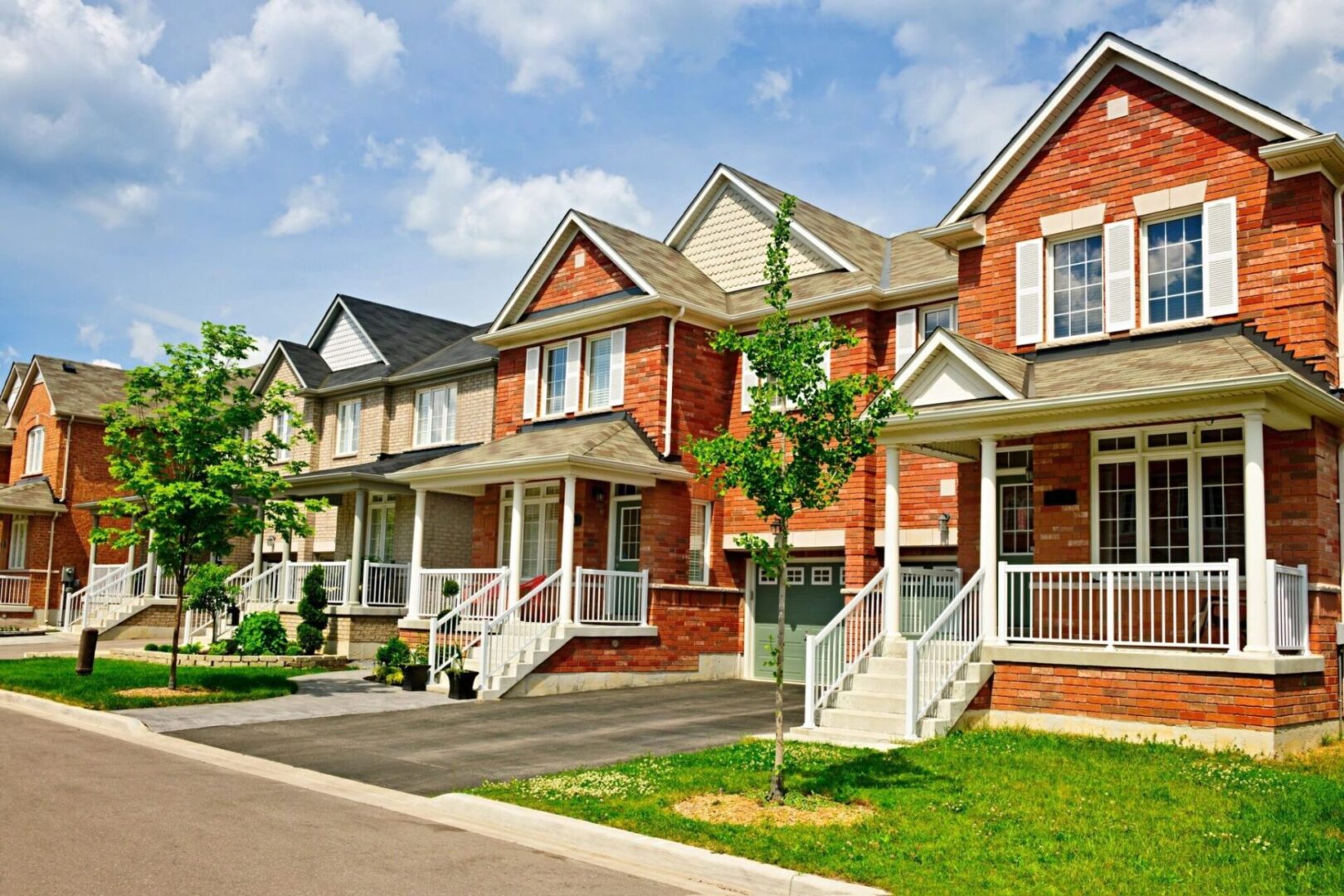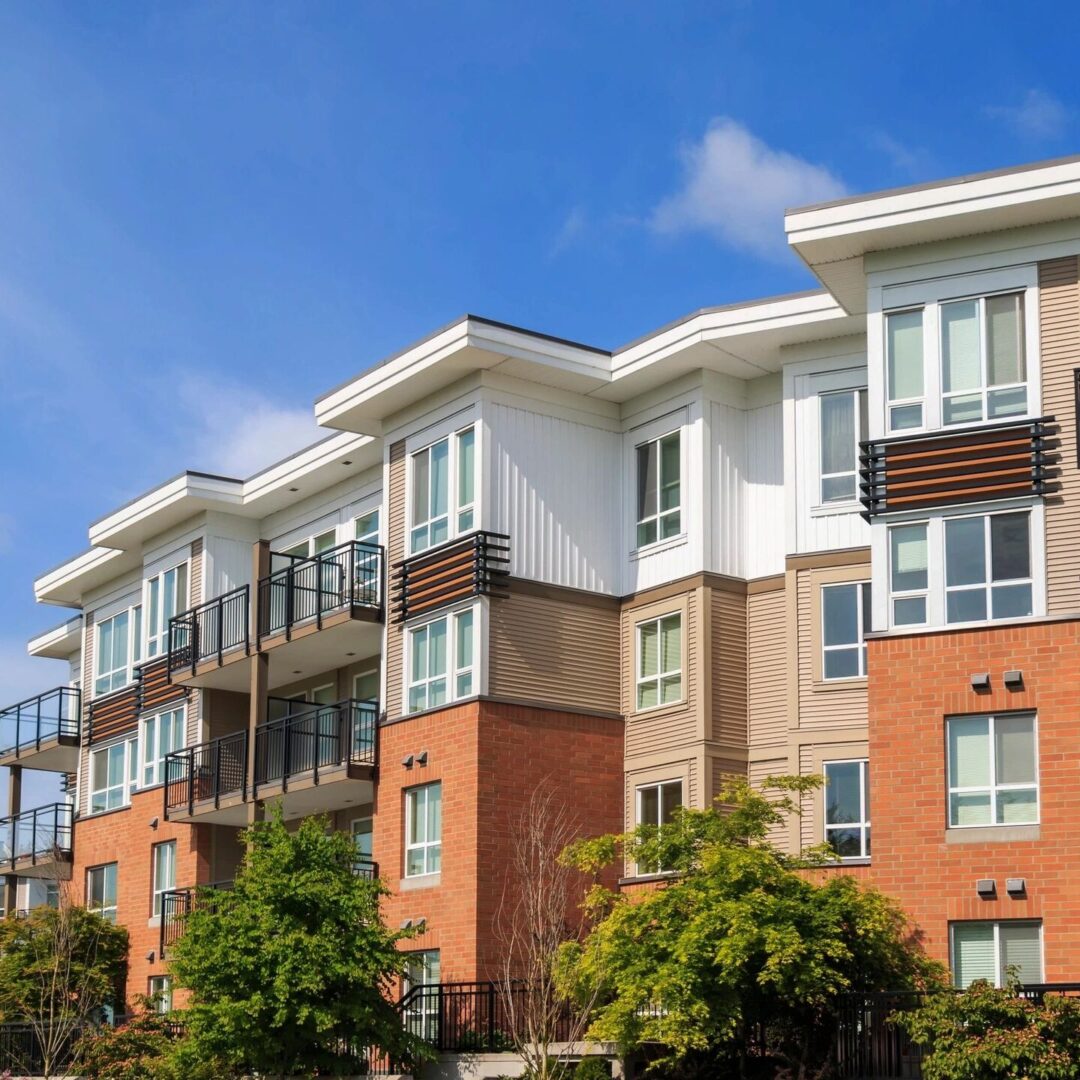Learn About Programs for Lower Mortgage Payments
Flex Modification: an Outline of HAMP’s Replacement
The Home Affordable Modification Program (HAMP) came to a close on December 31, 2016.
A replacement program is set to begin, called Flex Modification. As with HAMP, it will be available for loans owned or backed by Fannie Mae or Freddie Mac.
However, it may be some months until the new program is fully in place; new hardship cases can be submitted to Fannie or Freddie as early as March 1, 2017 (possibly sooner, if the GSE’s software is updated more quickly), but lenders aren’t required to be fully up to speed until October 1, 2017. Until then, servicers will generally use existing guidelines from Fannie Mae and Freddie Mac in dealing with troubled borrowers.
Flex Modification combines features of three programs: HAMP, Fannie/Freddie’s Standard Modification, and Streamlined Modification programs.


Standard Modification Guidelines
As with HAMP, homeowners having trouble making mortgage payments are encouraged to engage their servicer as soon as they can. Flex Mod allows a homeowner to start a modification process before the loan is even as much as 90 days late by requesting and completing a Borrower Response Package (BRP).
Homeowners must request these from their mortgage servicer; typically, the servicer’s contact information can be found on the homeowner’s mortgage statement. This begins the process.
If the Borrower Is Already More Than 90 Days Behind on Payments
He or she does not need to complete a Borrower Response Package in order to get the process underway, but they will need to contact their servicer, of course.
Like HAMP, Flex Mod sets targets for lowering payments to make them more affordable. In the case where a borrower starts the process and has not yet had a “90 days late,” the target of the modification is to reduce the mortgage payment by 20 percent, and to get the homeowner’s housing expense to income (HTI) down to a ratio of not more than 40 percent.
For Borrowers in Greater Difficulty
Who have already registered 90 days late on their mortgage payments, the program simply strives to achieve a 20 percent reduction in payment and does not use an HTI ratio as a part of the calculation.
Modifications are usually requested as a result of a hardship encountered by the homeowner. Typical hardships include unemployment, reduction in income, increase in housing expenses, divorce or legal separation, death of a borrower or wage earner in the home, disability or serious illness of borrower or dependent family member, and other reasons. These are outlined on the uniform borrower assistance form, which is part of the BRP. Other components of the BRP include the provision of income documentation as required and authorization to pull your tax returns from the IRS (form 4506-T).

Eligibility for a Flex Modification
To be eligible for a Flex Modification, your mortgage must be:
- A conventional first-lien mortgage, and at least 12 months old.
- For a mortgage secured by your principal residence, your payments must be at least 60 days delinquent or, if payments are current, you must be facing imminent default;
- For a mortgage secured by a second home or investment property, the payments must be at least 60 days delinquent.
- The existing mortgage can not currently be in an existing modification agreement from any other program;
- The borrower cannot have failed out of an existing Flex Mod trial period plan within the last 12 months, and
- If already in a Flex Modification program, the borrower cannot have become more than 60 days late in the first 12 months of the modification.
- The existing mortgage cannot have had three or more modifications already done to it.
Even if these criteria aren’t met, but the servicer thinks a loan modification will work for both parties, the servicer can still request that Fannie/Freddie review the loan for modification.
- Your property must have an appraisal or have a broker price opinion (BPO) conducted, or be run through an Automated Valuation Model (AVM) to determine its current market value.
